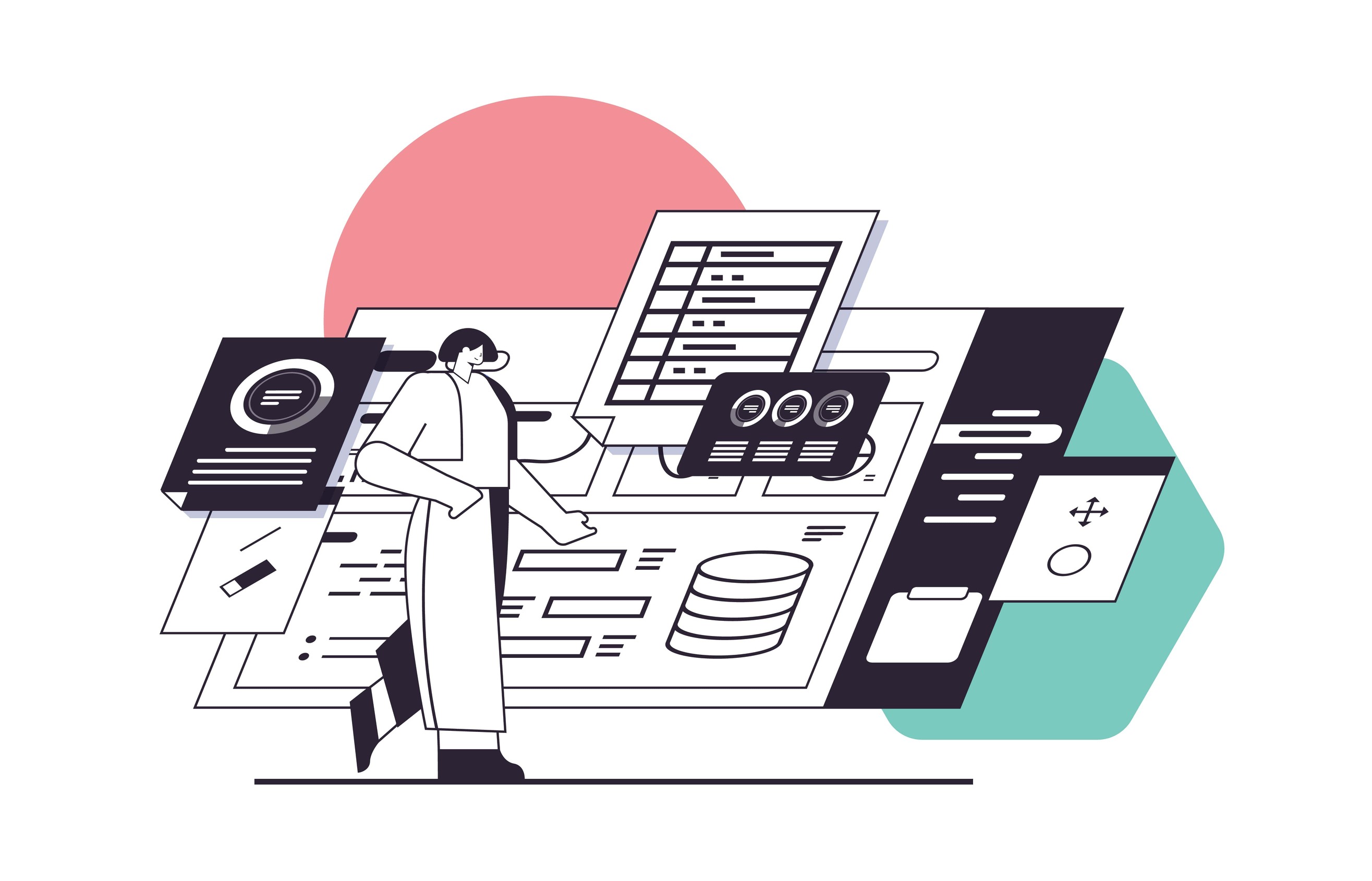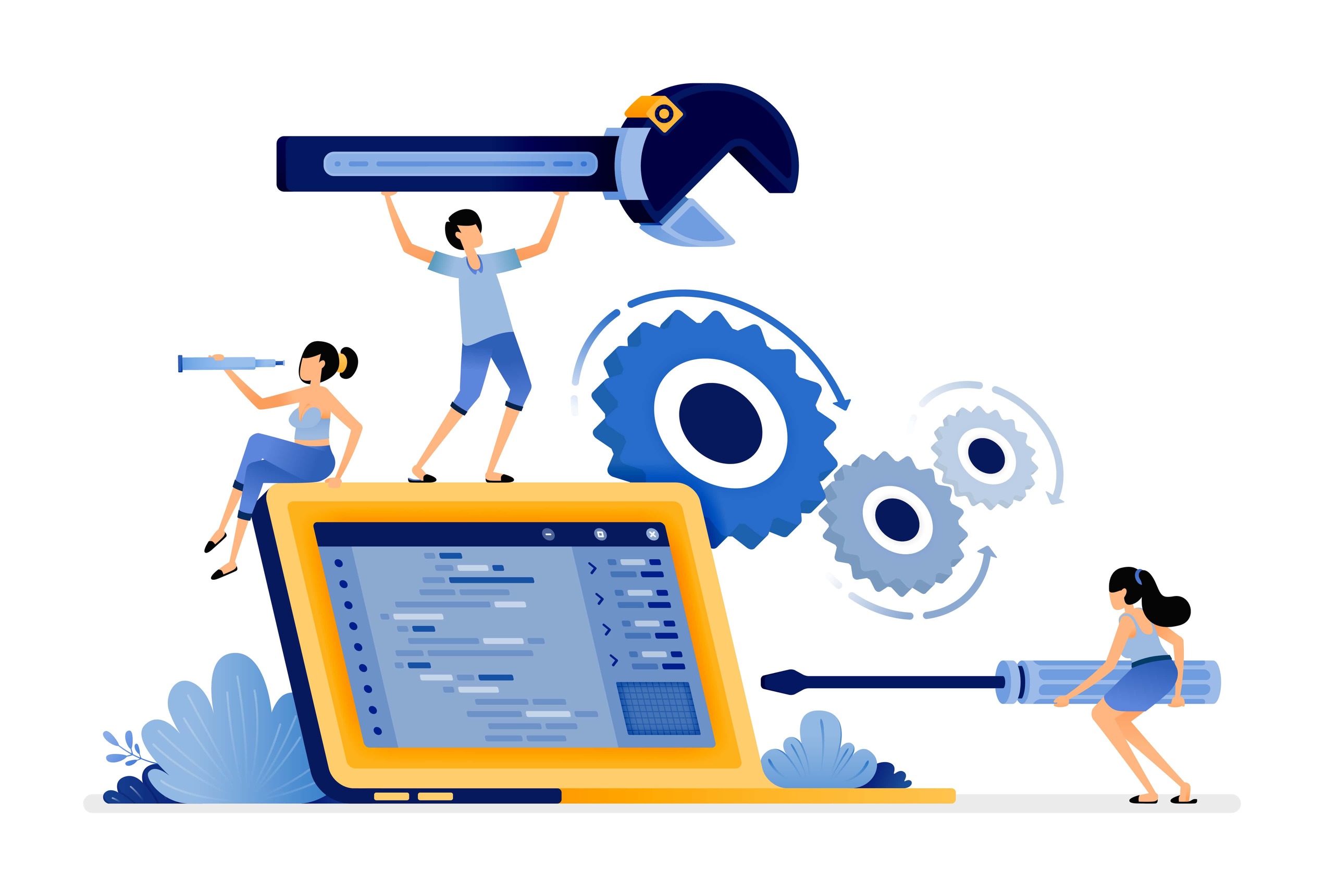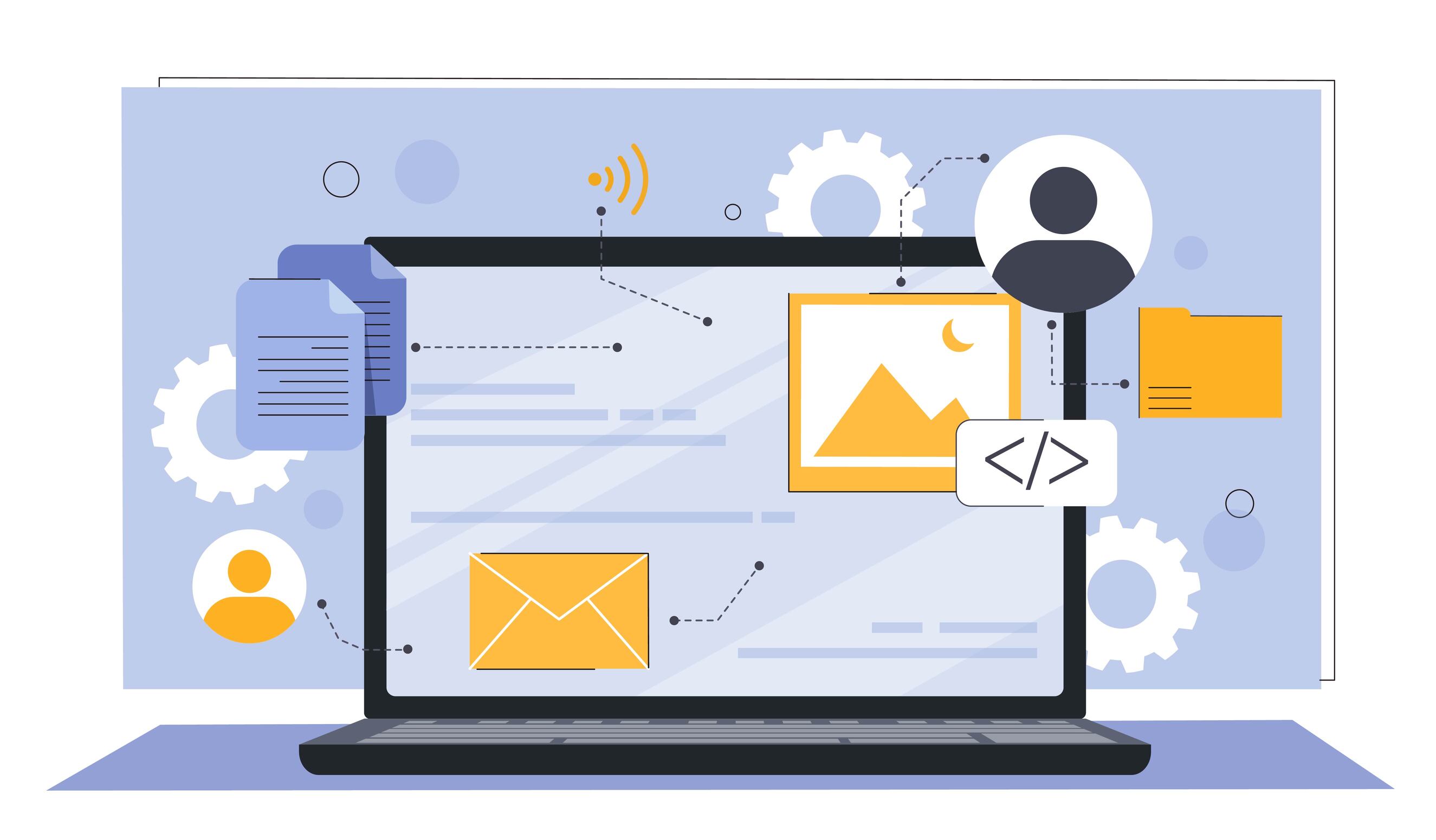Building an Organizational Portal - Not What You Thought
Corporate portal

 1961
1961 
Building an Organizational Portal - Not What You Thought
When we think of an organizational portal, it is often regarded merely as a technological tool – a system designed to centralize information and resources in one place for the convenience of employees. However, an effective organizational portal is much more than just a digital platform. It is a strategic device that has a critical influence on organizational culture, knowledge sharing, and employee motivation. In this article, we will explain why building an organizational portal is much more than it appears and examine the challenges and opportunities it presents.
Organizational Portal as a Cultural Shaper
The organizational portal is often the first "stop" for employees at the start of the workday. The interface and the content they encounter there significantly affect their overall atmosphere and feelings towards the organization. A well-designed portal, with clear and consistent messaging, can strengthen the shared identity and values of the organization.
For example, if one of your core values is transparency, the portal can reflect this by openly sharing information about the company's performance, management decisions, or cross-organizational project statuses. This communicates to employees that they are part of a single entity that shares knowledge and responsibility.
Conversely, a neglected portal with outdated or irrelevant content will convey disregard and indifference towards employees. This can create alienation and negatively impact their motivation and commitment to the workplace.
Portal as a Tool for Knowledge Sharing
Beyond being a repository of information and documents, the organizational portal can become a vibrant hub for knowledge sharing and learning among employees. When integrated with social tools like blogs, forums, wikis, and team pages, the portal becomes fertile ground for exchanging ideas, problem-solving, and generating new knowledge.
Employees can share posts on insights from completed projects, ask questions and receive advice from experts within the organization, or document best practices for the benefit of others. Such collaborations create synergy and leverage organizational knowledge, preventing individuals or teams from “reinventing the wheel.”
Moreover, the portal can promote continuous learning and professional development of employees. By providing access to online courses, training sessions, and knowledge repositories through the portal, you empower employees to expand their skills and grow in their careers. This not only improves the human capital of the organization but also conveys to employees that you care about their personal growth.
Challenges in Building an Effective Portal
Despite all these advantages, building an effective organizational portal is not a straightforward task. It requires thoughtful planning, resource investment, and overcoming potential obstacles such as:
- Resistance to Change: Many employees are accustomed to certain work patterns and communication styles, and they may resist transitioning to a new portal. It is essential to involve them in the process early, explain the added value, and provide close support and guidance.
- Technical Challenges: Integrating various organizational systems and applications under one portal umbrella can be complex. Skilled IT teams need to ensure smooth integration, data security, and compliance with technological standards.
- Ongoing Maintenance: A portal is not a one-time project but requires continuous updates and improvements. Resources must be consistently allocated for refreshing content, developing new features, and addressing bugs and issues that arise from users. Without ongoing attention, the portal may become outdated and lose its relevance.
- User Adoption: Statistics show that only about 13% of employees log into the organizational portal on a daily basis. For the portal to realize its potential, a thoughtful adoption strategy is necessary, including motivation mechanisms, habit formation, and active promotion of the portal by senior management.
The Key to Success: Designing the Portal Around Employees' Needs and Preferences
Ultimately, the secret to a successful organizational portal lies in putting employees at the center of the picture. Before starting to build the portal, it is essential to deeply understand the needs, challenges, and expectations of employees. What are the main pain points that the portal is supposed to address? What applications and functions are most important to them? What type of content and media do they prefer to consume?
It is advisable to involve representative employees from different roles and levels in the design and specification processes of the portal. Ask for feedback and suggestions, and try to implement their constructive comments. The more the portal feels “owned” by the employees and meets their specific desires, the more connected and committed they will be to its success.
Here are a few examples of organizational portals in Israel that successfully engaged employees:
- The high-tech company Soluto developed a unique portal tailored to their organizational culture. In addition to standard operational information, the portal serves as a platform for employees to share ideas, interesting lectures they've watched, or even good jokes. This bolsters employees' sense of community and belonging within the company.
- Bank Leumi built a portal that emphasizes the value of personal development and professional training. Employees can access an online course library, register for workshops, or volunteer as mentors for colleagues through the portal. The portal aids in retaining and recruiting quality employees who view the bank as a place for long-term growth.
- At Shaare Zedek Hospital, the organizational portal serves as the medical knowledge center for the staff. Doctors and nurses can access updated treatment protocols, consult with colleagues about complex cases, and stay informed about new studies through it. The portal supports critical decision-making processes and improves the quality of patient care.
In conclusion, an organizational portal is not just a technological tool, but primarily a socio-cultural space that profoundly influences the daily lives and operations of employees. A well-planned portal that aligns with the needs and values of the people on the ground can propel your organization to new levels of knowledge sharing, motivation, and a sense of togetherness.
If you are considering building a new organizational portal or upgrading an existing one, think first about the people who will use it and the experience you want to provide for them. This is the foundation for achieving broader organizational goals.
Want to learn more about designing an employee-connected portal? Contact us for a personal consultation meeting. We would be happy to share our experience and offer solutions tailored to your organizational vision and the unique characteristics of your employees. Together we can transform your portal into a real growth engine.






